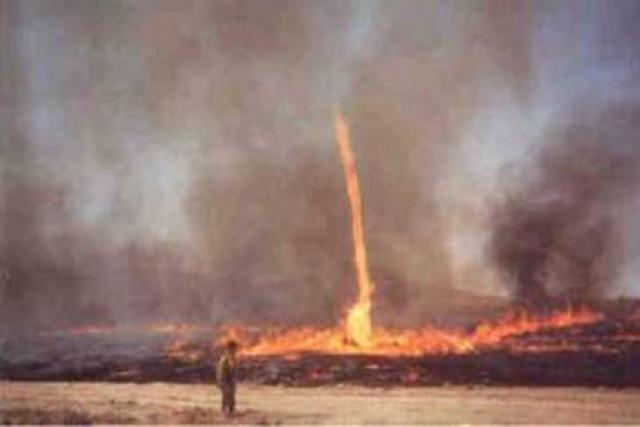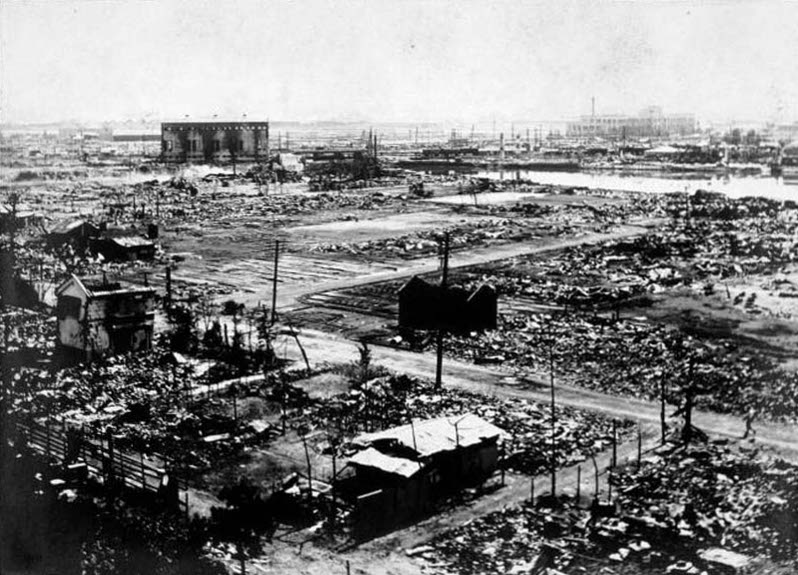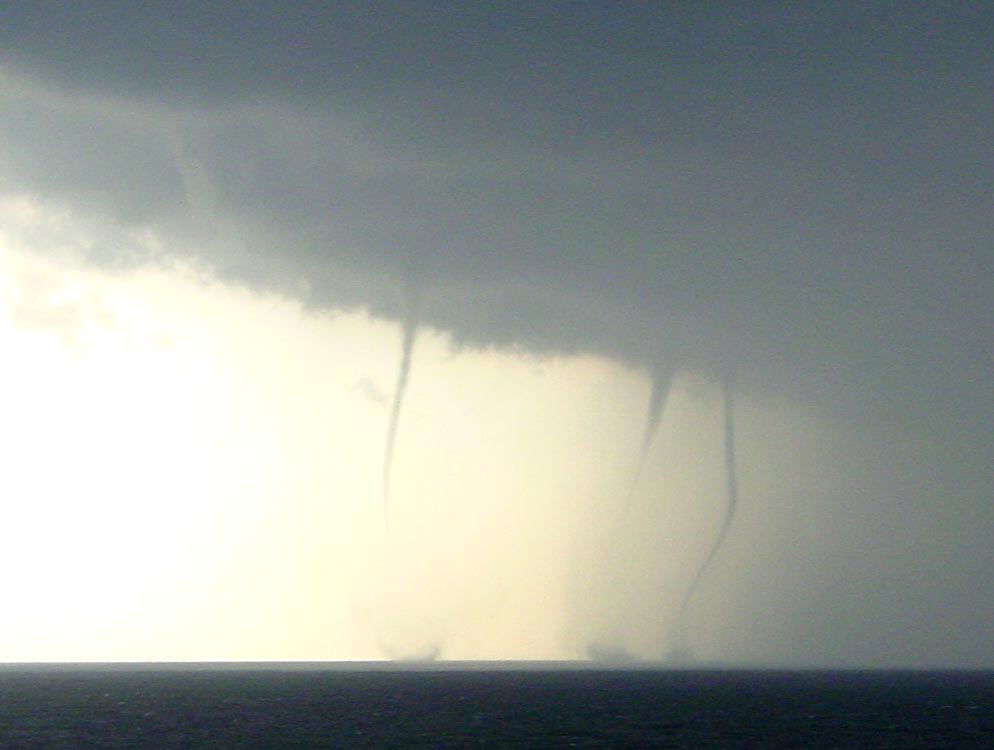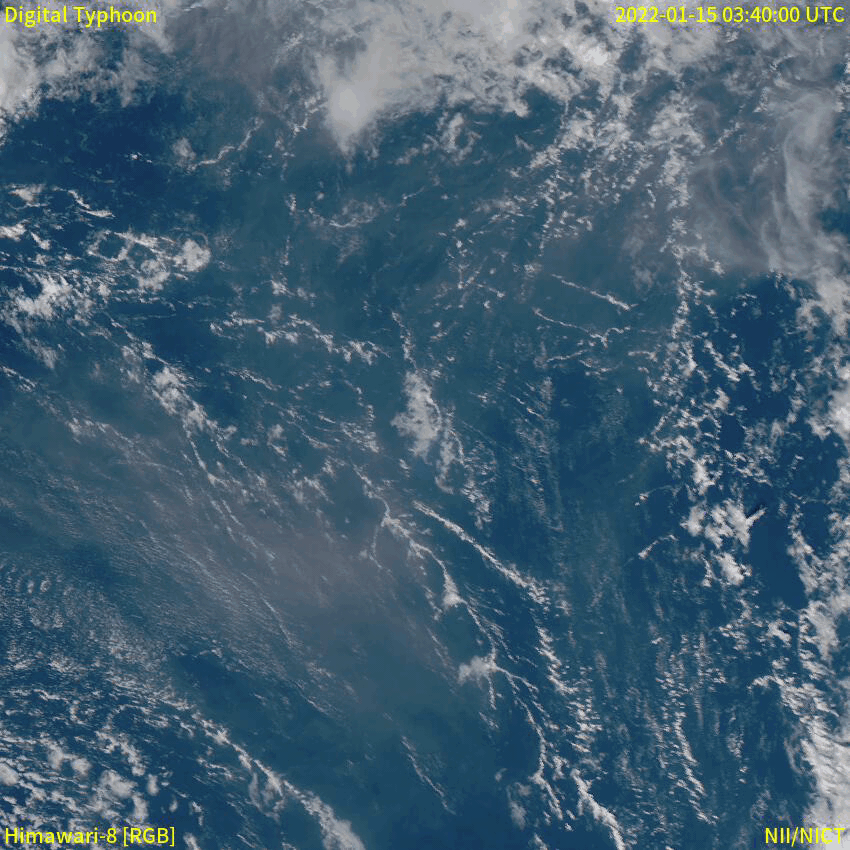|
Fire Whirl
A fire whirl, fire devil or fire tornado is a whirlwind induced by a fire and often (at least partially) composed of flame or ash. These start with a whirl of wind, often made visible by smoke, and may occur when intense rising heat and turbulent wind conditions combine to form whirling eddies of air. These eddies can contract to a tornado-like vortex that sucks in debris and combustible gases. The phenomenon is sometimes labeled a fire tornado, firenado, fire swirl, or fire twister, but these terms usually refer to a separate phenomenon where a fire has such intensity that it generates an actual tornado. Fire whirls are not usually classifiable as tornadoes as the vortex in most cases does not extend from the surface to cloud base. Also, even in such cases, those fire whirls very rarely are classic tornadoes, as their vorticity derives from surface winds and heat-induced lifting, rather than from a tornadic mesocyclone aloft. The phenomenon was first verified in the 2 ... [...More Info...] [...Related Items...] OR: [Wikipedia] [Google] [Baidu] |
Dry Season
The dry season is a yearly period of low rainfall, especially in the tropics. The weather in the tropics is dominated by the tropical rain belt, which moves from the northern to the southern tropics and back over the course of the year. The temperate counterpart to the tropical dry season is summer or winter. Rain belt The tropical rain belt lies in the southern hemisphere roughly from November to March; during that time the northern tropics have a dry season with sparser precipitation, and days are typically sunny throughout. From May to September, the rain belt lies in the northern hemisphere, and the southern tropics have their dry season. Under the Köppen climate classification, for tropical climates, a dry season month is defined as a month when average precipitation is below . The rain belt reaches roughly as far north as the Tropic of Cancer and as far south as the Tropic of Capricorn. Near these latitudes, there is one wet season and one dry season annually. At the ... [...More Info...] [...Related Items...] OR: [Wikipedia] [Google] [Baidu] |
Bonfire
A bonfire is a large and controlled outdoor fire, used for waste disposal or as part of a religious feast, such as Saint John's Eve. Etymology The earliest attestations date to the late 15th century, with the Catholicon Anglicum spelling it as ''banefyre'' and John Mirk's ''Book of Festivals'' speaking of a communal fire in celebrations of Saint John's Eve that "was clene bones & no wode & that is callid a bone fyre". The word is thus a compound of "bone" and "fire." Samuel Johnson's 1755 ''Dictionary of the English Language, Dictionary'' incorrectly analyzed "bon" as the French ''bon'' 'good'. Regional traditions In many regions of continental Europe, bonfires are made traditionally on 24 June, the solemnity of John the Baptist, as well as on Saturday night before Easter. Bonfires are also a feature of Walpurgis Night in central and northern Europe, and Bonfires of Saint John, the celebrations on the eve of St. John's Day in Spain. In Sweden bonfires are lit on Walpurgis ... [...More Info...] [...Related Items...] OR: [Wikipedia] [Google] [Baidu] |
Pyrocumulonimbus
The cumulonimbus flammagenitus cloud (CbFg), also known as the pyrocumulonimbus cloud, is a type of cumulonimbus cloud that forms above a source of heat, such as a wildfire, nuclear explosion, or volcanic eruption, and may sometimes even extinguish the fire that formed it. It is the most extreme manifestation of a flammagenitus cloud. According to the American Meteorological Society’s Glossary of Meteorology, a flammagenitus is "a cumulus cloud formed by a rising thermal from a fire, or enhanced by buoyant plume emissions from an industrial combustion process." Analogous to the meteorological distinction between cumulus and cumulonimbus, the CbFg is a fire-aided or caused convective cloud, like a flammagenitus, but with considerable vertical development. The CbFg reaches the upper troposphere or even lower stratosphere and may involve precipitation (although usually light), hail, lightning, extreme low-level winds, and in some cases even tornadoes. The combined effect ... [...More Info...] [...Related Items...] OR: [Wikipedia] [Google] [Baidu] |
Pyrocumulus
A flammagenitus cloud, also known as a flammagenitus, pyrocumulus cloud, or fire cloud, is a dense cumuliform cloud associated with fire or volcanic eruptions. A flammagenitus is similar dynamically in some ways to a firestorm, and the two phenomena may occur in conjunction with each other. However, either may occur without the other. Formation A flammagenitus cloud is produced by the intense heating of the air from the surface. The intense heat induces convection, which causes the air mass to rise to a point of stability, usually in the presence of moisture. Phenomena such as volcanic eruptions and forest fires can induce formation of this cloud, by mechanisms similar to those that form homogenitus clouds. The presence of a low-level jet stream can enhance its formation. Condensation of ambient moisture (moisture already present in the atmosphere), as well as moisture evaporated from burnt vegetation or volcanic outgassing (water vapour being a dominant component of volcan ... [...More Info...] [...Related Items...] OR: [Wikipedia] [Google] [Baidu] |
Forman A
Forman may refer to: Places *Forman, North Dakota, city in Sargent County, North Dakota, United States * Forman, West Virginia, unincorporated community in Grant County, West Virginia, United States * Forman Glacier between Mount Franke and Mount Cole, in the Queen Maud Mountains of Antarctica * Forman Park, in Syracuse, New York Surname * A. G. Forman CBE (1910–1967), Chief of Naval Staff of the Ghana Navy * Al Forman (1928–2013), baseball umpire * Alexander A. Forman (1843–1922), American soldier in the American Civil War * Alison Forman (born 1969), Australian soccer player * Andrew Forman (1465–1521), Scottish diplomat and Archbishop * Arthur Forman (1850–1905), English schoolmaster and cricketer * Bill Forman (1886–1958), baseball player * Bill Forman (1915–?), radio announcer and actor *Bruce Forman (born 1956), American jazz guitarist * Carol Forman (1918–1997), American actress * Charles William Forman (1821–1894), Presbyterian missionary in Pakistan * Chr ... [...More Info...] [...Related Items...] OR: [Wikipedia] [Google] [Baidu] |
1923 Great Kantō Earthquake
The 1923 Great Kantō earthquake (, or ) was a major earthquake that struck the Kantō Plain on the main Japanese island of Honshu at 11:58:32 JST (02:58:32 UTC) on Saturday, 1 September 1923. It had an approximate magnitude of 8.0 on the moment magnitude scale (Mw), with its epicenter located southwest of the capital Tokyo. The earthquake devastated Tokyo, the port city of Yokohama, and surrounding prefectures of Kanagawa, Chiba, and Shizuoka, and caused widespread damage throughout the Kantō region. Fires, exacerbated by strong winds from a nearby typhoon, spread rapidly through the densely populated urban areas, accounting for the majority of the devastation and casualties. The death toll is estimated to have been between 105,000 and 142,000 people, including tens of thousands who went missing and were presumed dead. Over half of Tokyo and nearly all of Yokohama were destroyed, leaving approximately 2.5 million people homeless. The disaster triggered widespread social ... [...More Info...] [...Related Items...] OR: [Wikipedia] [Google] [Baidu] |
Supercell
A supercell is a thunderstorm characterized by the presence of a mesocyclone, a deep, persistently rotating updraft. Due to this, these storms are sometimes referred to as rotating thunderstorms. Of the four classifications of thunderstorms (supercell, squall line, multi-cell, and single-cell), supercells are the overall least common and have the potential to be the most severe. Supercells are often isolated from other thunderstorms, and can dominate the local weather up to away. They tend to last 2–4 hours. Supercells are often put into three classification types: classic (normal precipitation level), low-precipitation (LP), and high-precipitation (HP). LP supercells are usually found in climates that are more arid, such as the high plains of the United States, and HP supercells are most often found in moist climates. Supercells can occur anywhere in the world under the right pre-existing weather conditions, but they are most common in the Great Plains of the United State ... [...More Info...] [...Related Items...] OR: [Wikipedia] [Google] [Baidu] |
Waterspout
A waterspout is a rotating column of air that occurs over a body of water, usually appearing as a funnel-shaped cloud in contact with the water and a cumuliform cloud. There are two types of waterspout, each formed by distinct mechanisms. The most common type is a weak vortex known as a "fair weather" or "non-tornadic" waterspout. The other less common type is simply a classic tornado occurring over water rather than land, known as a "tornadic", "supercellular", or "mesocyclonic" waterspout, and accurately a "tornado over water". A fair weather waterspout has a five-part life cycle: formation of a dark spot on the water surface; spiral pattern on the water surface; formation of a spray ring; development of a visible condensation funnel; and ultimately, decay. Most waterspouts do not suck up water. While waterspouts form mostly in tropical and subtropical areas, they are also reported in Europe, Western Asia (the Middle East), Australia, New Zealand, the Great Lakes, Antarc ... [...More Info...] [...Related Items...] OR: [Wikipedia] [Google] [Baidu] |
Landspout
__NOTOC__ Landspout is a term created by atmospheric scientist Howard B. Bluestein in 1985 for a tornado not associated with a mesocyclone. The ''Glossary of Meteorology'' defines a landspout as: Landspouts are typically weaker than mesocyclone-associated tornadoes spawned within supercell thunderstorms, in which the strongest tornadoes form. Characteristics Landspouts are a type of tornado that forms during the growth stage of a cumulus congestus or occasionally a cumulonimbus cloud when an updraft stretches boundary layer vorticity upward into a vertical axis and tightens it into a strong vortex. The parent clouds are often predominantly liquid when producing landspouts. Landspouts can also occur due to interactions from outflow boundaries, as they can occasionally cause enhanced convergence and vorticity at the surface. These generally are smaller and weaker than supercell tornadoes and do not form from a mesocyclone or pre-existing rotation in the cloud. Because of thi ... [...More Info...] [...Related Items...] OR: [Wikipedia] [Google] [Baidu] |
Cumulonimbus Flammagenitus (cloud)
The cumulonimbus flammagenitus cloud (CbFg), also known as the pyrocumulonimbus cloud, is a type of cumulonimbus cloud that forms above a source of heat, such as a wildfire, nuclear explosion, or volcanic eruption, and may sometimes even extinguish the fire that formed it. It is the most extreme manifestation of a flammagenitus cloud. According to the American Meteorological Society’s Glossary of Meteorology, a flammagenitus is "a cumulus cloud formed by a rising thermal from a fire, or enhanced by buoyant plume emissions from an industrial combustion process." Analogous to the meteorological distinction between cumulus and cumulonimbus, the CbFg is a fire-aided or caused convective cloud, like a flammagenitus, but with considerable vertical development. The CbFg reaches the upper troposphere or even lower stratosphere and may involve precipitation (although usually light), hail, lightning, extreme low-level winds, and in some cases even tornadoes. The combined effec ... [...More Info...] [...Related Items...] OR: [Wikipedia] [Google] [Baidu] |
Volcanic Eruption
A volcanic eruption occurs when material is expelled from a volcanic vent or fissure. Several types of volcanic eruptions have been distinguished by volcanologists. These are often named after famous volcanoes where that type of behavior has been observed. Some volcanoes may exhibit only one characteristic type of eruption during a period of activity, while others may display an entire sequence of types all in one eruptive series. There are three main types of volcanic eruptions. Magmatic eruptions involve the decompression of gas within magma that propels it forward. Phreatic eruptions are driven by the superheating of steam due to the close proximity of magma. This type exhibits no magmatic release, instead causing the granulation of existing rock. Phreatomagmatic eruptions are driven by the direct interaction of magma and water, as opposed to phreatic eruptions, where no fresh magma reaches the surface. Within these broad eruptive types are several subtypes. The we ... [...More Info...] [...Related Items...] OR: [Wikipedia] [Google] [Baidu] |
Eruption Column
An eruption column or eruption plume is a cloud of super-heated Volcanic ash, ash and tephra suspended in volcanic gas, gases emitted during an explosive eruption, explosive volcanic eruption. The volcanic materials form a vertical column or Plume (fluid dynamics), plume that may rise many kilometers into the air above the vent of the volcano. In the most explosive eruptions, the eruption column may rise over , penetrating the stratosphere. Injection of Particulate, aerosols into the stratosphere by volcanoes is a major cause of short-term Volcanic winter, climate change. A common occurrence in explosive eruptions is ''column collapse'' when the eruption column is or becomes too dense to be lifted high into the sky by air convection, and instead falls down the slopes of the volcano to form pyroclastic flows or pyroclastic surge, surges (although the latter is less dense). On some occasions, if the material is not dense enough to fall, it may create pyrocumulonimbus clouds. Forma ... [...More Info...] [...Related Items...] OR: [Wikipedia] [Google] [Baidu] |









